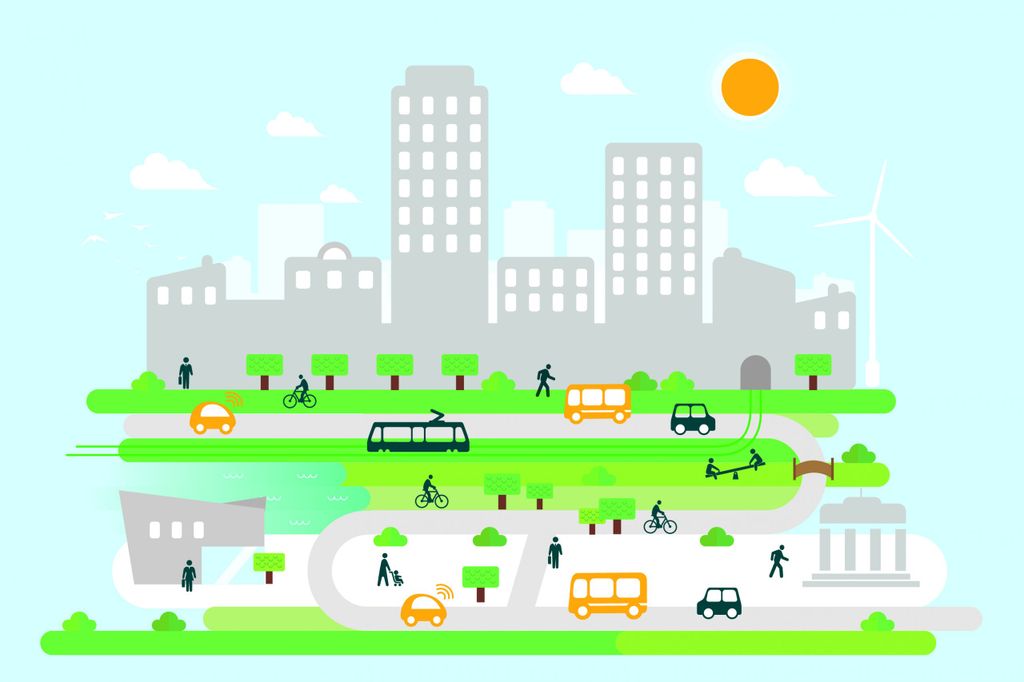
In today's world, where environmental concerns are paramount, finding transportation options that do not pollute the environment has become a pressing need. This article aims to delve into various modes of transport that offer sustainable and eco-friendly alternatives, ensuring a cleaner and greener future. From electric vehicles to cycling infrastructure, we will explore the most effective ways to reduce pollution and promote environmentally conscious mobility.
- Electric Vehicles (EVs):
Electric vehicles have gained significant traction in recent years as a viable solution to combat pollution. These vehicles run on electricity, emitting zero tailpipe emissions and reducing the carbon footprint associated with traditional gasoline-powered cars. With advancements in battery technology, EVs now offer longer ranges and faster charging times, making them a practical choice for everyday commuting. - Public Transportation:
Public transportation systems, such as buses, trams, and trains, play a crucial role in reducing pollution. By encouraging more people to use public transport, we can significantly decrease the number of individual vehicles on the road, thereby reducing traffic congestion and emissions. Governments and city planners should invest in efficient and well-connected public transportation networks to provide convenient alternatives to private vehicles. - Cycling and Walking:
Promoting active modes of transportation like cycling and walking not only reduces pollution but also improves public health. Cities can invest in dedicated cycling lanes, pedestrian-friendly infrastructure, and bike-sharing programs to encourage more people to adopt these eco-friendly modes of transport. Additionally, initiatives like car-free zones and pedestrian-only streets can create safer and cleaner urban environments. - Green Shipping and Aviation:
While shipping and aviation contribute to pollution, efforts are being made to minimize their environmental impact. Green shipping initiatives focus on using cleaner fuels, optimizing routes, and adopting energy-efficient technologies to reduce emissions. Similarly, the aviation industry is exploring sustainable aviation fuels and investing in research for electric and hybrid aircraft. These advancements aim to make these modes of transport more environmentally friendly in the future. - Carpooling and Ride-Sharing:
Carpooling and ride-sharing services have gained popularity as convenient and eco-friendly alternatives to individual car ownership. By sharing rides, we can reduce the number of vehicles on the road, leading to decreased congestion and emissions. Technology platforms that connect drivers and passengers have made carpooling more accessible and efficient, contributing to a greener transportation ecosystem.
Conclusion:
As the world becomes more conscious of the environmental impact of transportation, it is crucial to explore and adopt eco-friendly alternatives. From electric vehicles and public transportation to cycling infrastructure and ride-sharing, there are numerous options available to reduce pollution and promote sustainable mobility. By embracing these solutions, we can create cleaner and healthier cities while working towards a greener future for generations to come.


